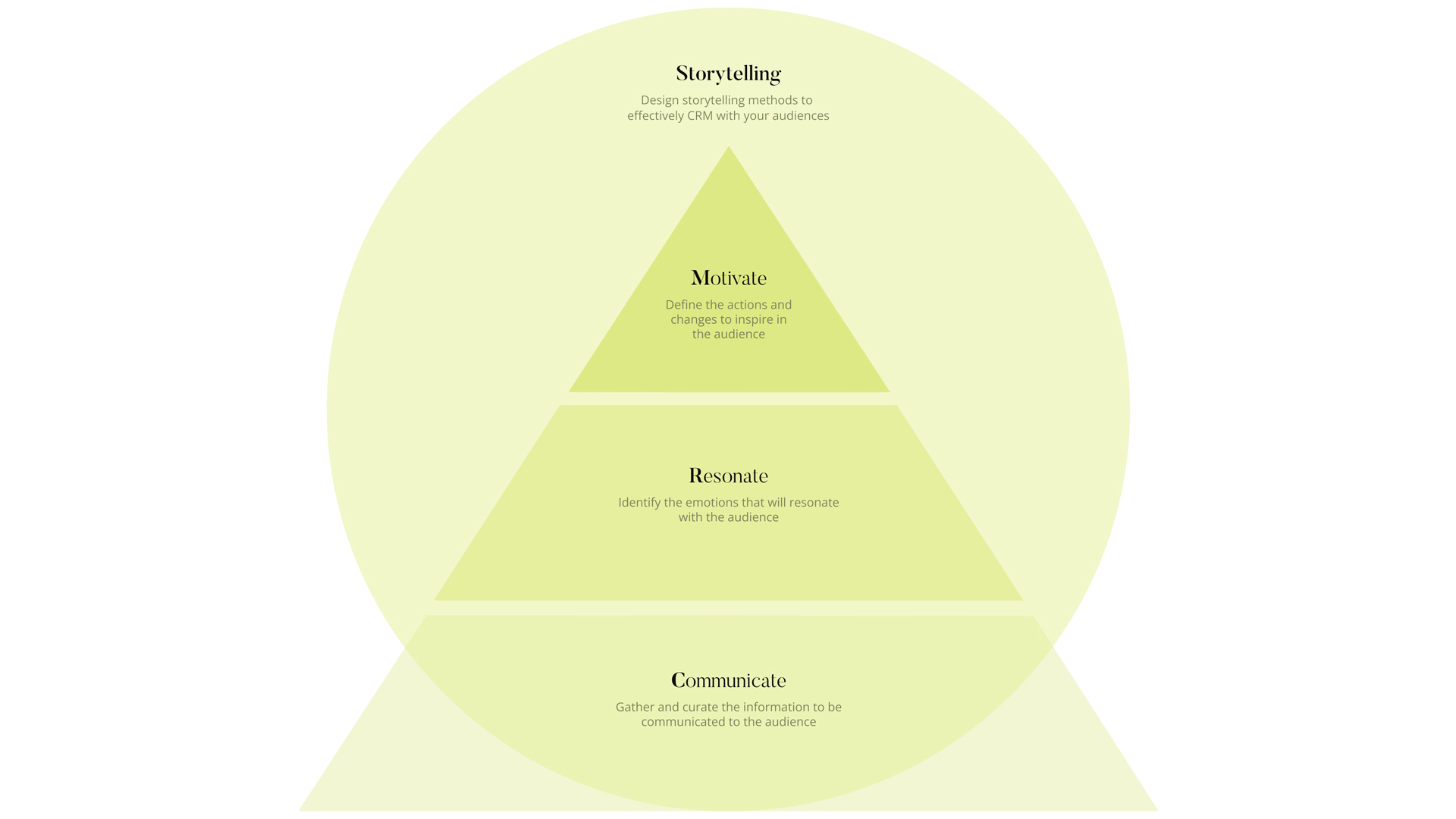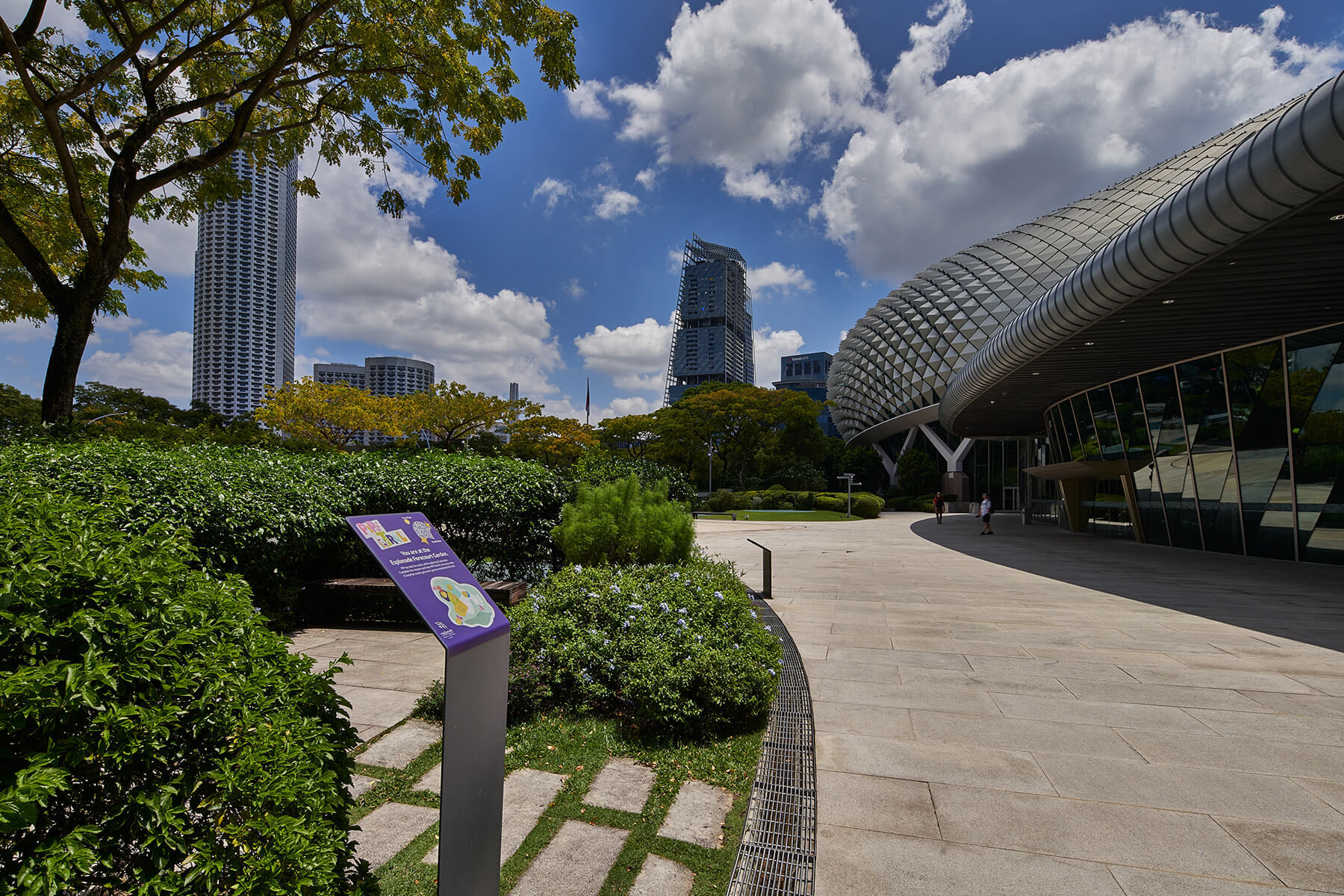Clients often ask me: How is HOL different from other experience design consultancies?
My answer: The difference is in how we tell your story.
We tell your story differently because of our proprietary approach to experience design. Developed over many years and projects for museums, galleries, attractions and brands, this approach is known as “CRM”. Of course, it does not mean “customer relationship management”, but it is short for “Communicate, Resonate, Motivate”.
I will illustrate CRM with a recent digital experience project, Pip’s Trail, that HOL strategised and designed for The Esplanade – Theatres on the Bay.
Pip’s Trail and The Esplanade – Theatres on the Bay
As Singapore’s national performing arts centre, The Esplanade has hosted over 53,000 performances and activities to date, attracting some 116 million visitors. It aims to promote Singaporeans’ appreciation of the performing arts.
The Esplanade is also a popular destination for family and school excursions. Families and school groups always expected planned activities such as guided tours at The Esplanade. There was one problem, though. Docents were in short supply, and the venue could not meet these groups’ requests for guided tours.
HOL’s solution to these challenges was a self-guided digital trail that would take these groups to various parts of The Esplanade. We designed a quest for young children – to help Pip, The Esplanade’s mascot, find its scales. Children would have to “tour” The Esplanade, scan QR codes on mobile devices and complete easy and engaging micro-tasks. All these while learning about The Esplanade’s facilities and architecture.

As testament to its success, Pip’s Trail has seen commendable results.
- The average dwell time is 10 minutes, much more than the industry average of 2–4 minutes.
- It saw an 8% membership conversion rate, higher than the industry benchmark of 2–5%.
- It won silver at the 2024 MUSE Design Awards for the Mobile App – Family & Kids category.
- It was a Finalist (Culture or Leisure) at The Drum Awards 2024.
How did we use CRM to create this popular and award-winning experience?
CRM: HOL’s strategy framework
Let me first describe CRM, our strategy framework.

C is for Communicate
When strategising an experience, we begin by gathering and curating the information the client wants to communicate to their audience. The key principles are to:
- develop a central idea, which is the main takeaway of the experience, in addition to themes (zones) and key messages.
- ensure the information’s accuracy to avoid misinformation. For any experience, this is the most fundamental criterion to fulfil.
- communicate the information in the most approachable ways that suit the target audience. The lower the cognitive load, the more they will enjoy the experience. This is not about dumbing down the information; it is about making it accessible in ways appropriate and effective for the target audience.
R is for Resonate
The next stage is working with the client to identify the emotions we want the audience to feel. These emotions are often based on universal truths – something deeper that we as humans can all connect with and relate to, such as hope, pain, joy and curiosity.
By making the audience feel something, the audience will resonate with us emotionally. The audience can then find their own stories in the experience. They can hear the client’s messages, remember them and learn from them. When this happens, we will have successfully moved their hearts.
However, emotional resonance does not mean we tell them what to feel. If the experience is well designed, the audience will feel the way we intended them to without being preached at.
M is for Motivate
At the top of the framework are the actions or changes in perspectives we want to inspire. At this stage, we identify the actions and changes we want to bring about through the experience.
What is it that we hope to get the audience to do? For brand owners, their ultimate goal could be for the audience to become their brand advocates. For non-profit organisations, it could be to join their cause or spread the word about their mission.
With the experience resonating emotionally with them, the audience will be more open to our messages and the actions and changes in perspectives we want to drive. However, we believe actions and changes are more enduring if they are self-motivated. It is also unrealistic to expect the audience to turn into the client’s most ardent advocates or champions immediately after visiting the experience.
So, we do not aim to dictate the actions or perspectives to take. We simply encourage the audience towards smaller and more sustainable actions or perspectives that contribute to the client’s longer-term goals.
Storytelling to put it all together
Now that we have the client’s goals clearly defined – that is, the information, emotions and actions identified for the experience – we bring it all together with storytelling.
This means identifying the storytelling methods that can effectively communicate, resonate and motivate the audience. These methods can range from using physical artefacts and text panels to employing digital technologies like augmented reality and mobile-based micro-experiences.
CRM in action
The gamified micro-experiences of Pip’s Trail are perfect for children, who generally have shorter attention spans and learn best through play. The micro-experiences not only provide them with learning points but also offer fun moments that help them remember their visits to The Esplanade.
As a self-guided experience for family and school groups on the move, Pip’s Trail checks all the boxes.
Communicate information
The Esplanade wanted families and school children to learn about its state-of-the-art architectural features and performing arts facilities. However, technical information might not interest children and could cause overwhelm.
So, we chose information that would make children go “wow” and broke it into bite-sized facts that children could relate easily to. For example, they might find it difficult to appreciate the weight of The Esplanade’s pipe organ (25 tonnes). But what if we told them its weight was equivalent to that of five elephants? The fact would immediately capture their imagination.
Our messages were thus carefully curated, written in a conversational tone and deliberately made accessible to children.

Resonate with emotion
We wanted to evoke curiosity, wonder and joy through Pip’s Trail. These emotions guided us in our experience design. For example, we knew children would be happy playing micro-games – and we knew how much toilet humour would tickle them. That was how the game of helping technicians “prevent” bird poop from falling onto The Esplanade’s “spiky” rooftop was born.

Motivate action and change
And the actions and changes we wanted to encourage through Pip’s Trail? If parents could see how much their children enjoyed the experience, they would be more inclined to join The Esplanade’s membership.
And with their membership, they would be more motivated to attend arts performances at The Esplanade and spread the word about their experiences there. These actions would help The Esplanade fulfil its goal of promoting Singaporeans’ appreciation of the performing arts.

Final thoughts
HOL is an experience design consultancy with a difference. With CRM, our strategy framework, we tell stories for museums, galleries, attractions and brand experience centres differently.
We focus on curating and communicating accurate information through accessible ways while resonating emotionally with the audience. When we open their hearts and minds, we can then motivate them to take action and change their perspectives.
At its most fundamental, an experience is about providing factual information. When it resonates with the audience emotionally and moves their hearts, it becomes a better experience. And when it changes their minds or perspectives about a topic or a brand, that is the best outcome we can strive towards.




